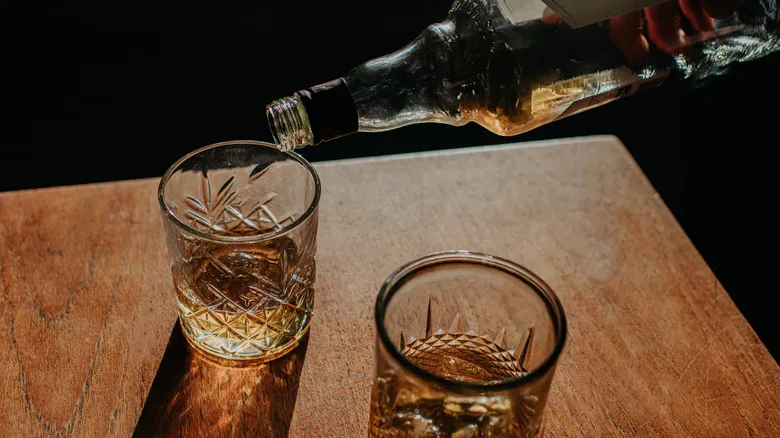The evolution of hazmat whiskey
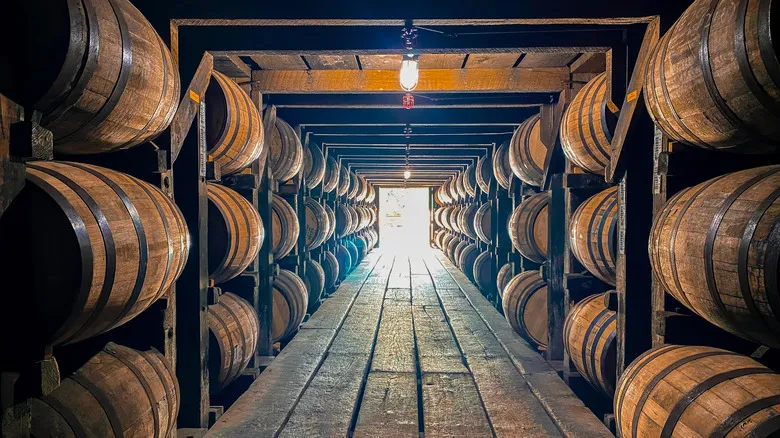
There are several methods to produce extremely high-proof whiskey. "Light whiskey" must be distilled at a proof ranging from 160 to 190, while American spirits without a specific designation face fewer limitations. Another approach involves chemistry: spirits aged in warmer climates, such as Kentucky, tend to become stronger over time as more water evaporates during each heat cycle. Utilizing smaller barrels speeds up this process, as a greater surface area of the whiskey interacts with the wood, resulting in a more potent drink.
In the last ten years, high-proof cask-strength whiskeys have gained popularity among enthusiasts and collectors. Connoisseurs argue that these expressions provide a more authentic representation of the distiller or blender's intent. As demand for high-proof options grows, aiming for the extraordinary seems almost inevitable. "Stagg had a release that was around 72% and people began referring to it as 'hazmat,'" veteran whiskey writer and advocate Chuck Cowdery shared with Chowhound. "That was about 15 years ago."
Jonah Flicker, writing for VinePair, noted an increase in hazmat-style whiskies while tasting a 168-proof, 23-year-old Canadian whiskey. In 2021, Kings County Distillery in Brooklyn launched its Blender's Reserve at 140 proof. In 2024, Lost Lantern and Corbin Cash, a distillery in California, collaborated to release 200 bottles of California Straight Bourbon Single Cask at 146.2 proof. Additionally, Jack Daniel's 2021 Single Barrel Special Release—Coy Hill High Proof reached an impressive 141.8 proof, marking the highest proof ever released by the Tennessee distillery.
How to drink a hazmat whiskey: carefully
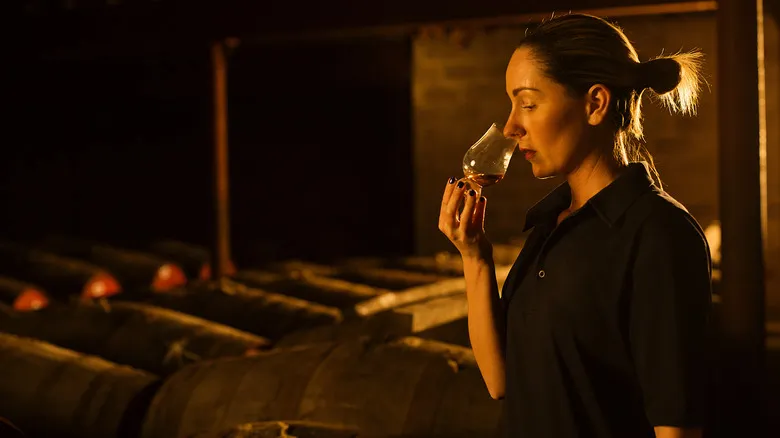
Recently, the World Whiskey Society (WWS) introduced the Wyatt Earp "Hazmat" 13-Year. This spirit, primarily made from malted barley, is bottled at an impressive 160 proof (80% ABV), and each sip reveals its potent nature: it's intense, audacious, and can leave you breathless. This release may be the first to actually include the term "hazmat" on its label.
So, why would anyone choose to drink something so potent? You might be surprised to learn that beneath the heat lies a rich tapestry of complex flavors. Enjoying it neat allows you to experience what CEO Alex Kogan sensed when the WWS acquired the barrels. "The whiskey inside was around 160 proof," he shared with Chowhound. "This is largely due to the climate in which it was aged, in California."
This authenticity resonates with other blenders and distillers producing hazmat whiskey. "It was never considered a high-proof whiskey," Jack Daniel's distiller Chris Fletcher explained regarding the Coy Hill releases. He noted that it offers a unique opportunity to take consumers on a journey through specific barrel houses.
Another common method is to dilute the whiskey with a bit of water, a tactic often employed by whiskey enthusiasts. Adding a splash of water can reveal aromas and flavors that might be hidden at higher proofs. This raises the question: why wasn’t it diluted from the start? Doing so could compromise the essential compounds that contribute to the whiskey's flavor profile.
Recommended

Why Baking Powder Is The Missing Ingredient Your Scrambled Eggs Need
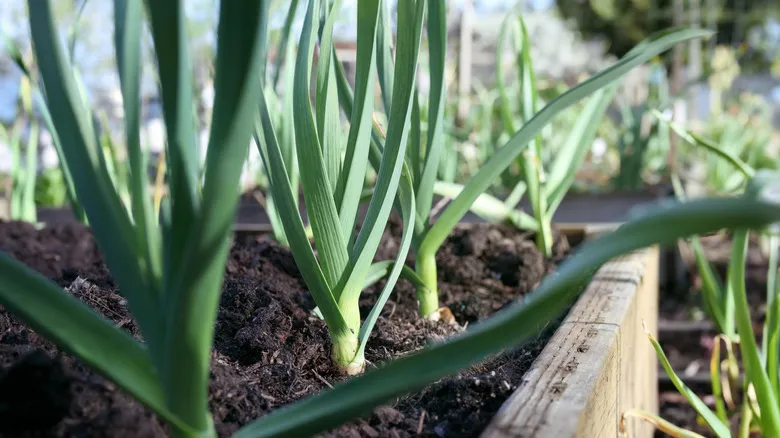
Are Leeks And Green Onions The Same?
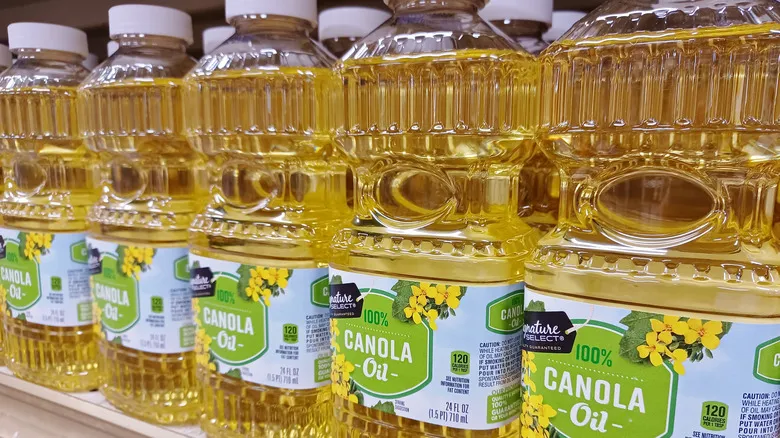
Is Canola Oil Different From Vegetable Oil?
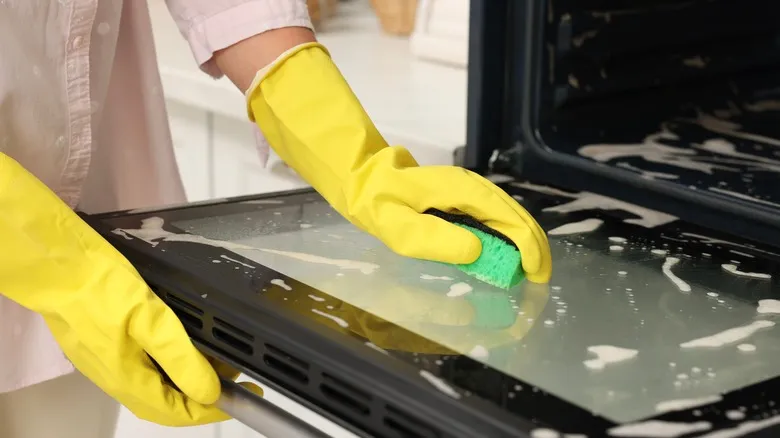
Mistakes You're Probably Making When Cleaning Your Oven
Next up

